Who Has The Stronger Healing Factor, Deadpool Or Wolverine?
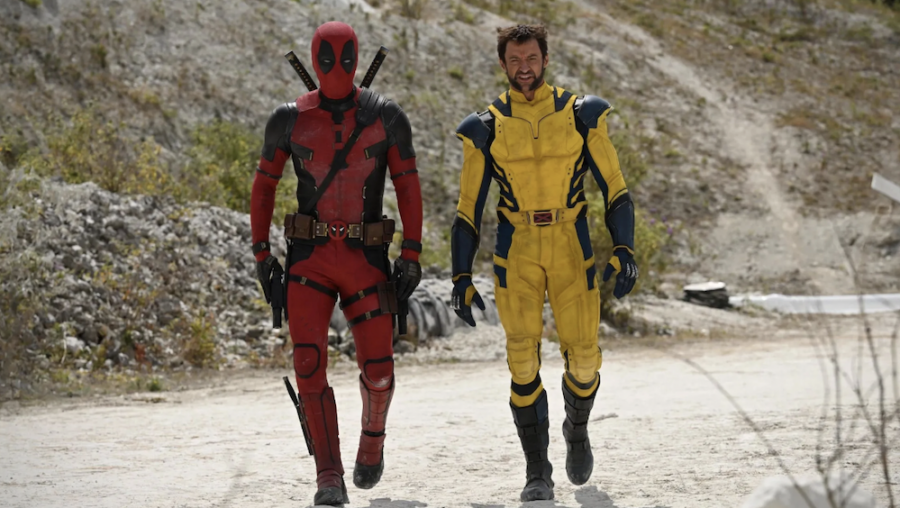
There are no two people harder to kill in the Marvel Universe than Wolverine and Deadpool (Well, maybe the Hulk, but this article is going to be long enough as it is). Both characters are blessed—or cursed—with powerful healing factors that allow them to regenerate lost limbs, fight off disease and infection, and live longer than an average human.
But who has the stronger healing factor? We won’t make you wait for the answer: It’s Deadpool, but not by much. Both characters had humble beginnings. When the character of Wolverine was initially created, he had no accelerated healing whatsoever—he wasn’t even supposed to be a mutant originally.
Deadpool has a stronger healing factor than Wolverine, but not by much.
When the decision was made to include the pint-size berserker in the second incarnation of the X-Men, he was given powers, one of which was his legendary healing factor; however it didn’t work then how it does today.
Wolverine’s healing factor originally meant that if he broke a bone, instead of months to heal, it might only take weeks or days. A stark contrast to the Wolverine of today, who can regenerate a lost limb in a matter of minutes.
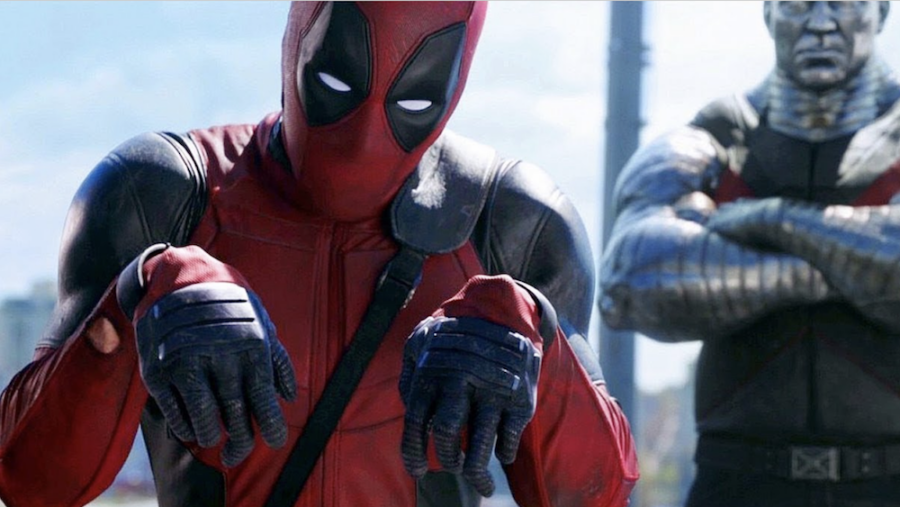
Similarly, Deadpool was originally conceived as a rather lazy knockoff of DC’s Deathstroke (Slade Wilson, Wade Wilson, yeah, it’s that bad), who had a healing factor that was nowhere near as powerful as the one he sports now.
The fact that Deadpool can regenerate the entire lower half of his body in minutes while still keeping the deadliest cancer imaginable at bay means his healing factor is insanely strong.
Both characters have come a long way since their humble, slightly more killable origins. Deadpool, unlike Wolverine, isn’t a mutant and was given his healing factor from the same secret government program that gave Wolverine his adamantium. In fact, Deadpool’s healing factor was engineered using Wolverine’s power as the base. Therefore they should be equal, right? Not exactly…
Deadpool volunteered to receive his healing factor hoping it would cure him of his stage 4 terminal cancer. As such, his healing ability was engineered to constantly replicate the cells his cancer was destroying. Essentially, Deadpool’s body is constantly fighting cancer on top of all the other healing it does.
The fact that Deadpool can regenerate the entire lower half of his body in minutes while still keeping the deadliest cancer imaginable at bay means his healing factor is insanely strong.
On the other hand, Wolverine’s healing factor is constantly pulling double duty as well, thanks to the Adamantium lining his bones. The metal that covers Wolverine’s skeleton is constantly poisoning him, meaning that even when he has no visible wounds, his healing factor is always working.
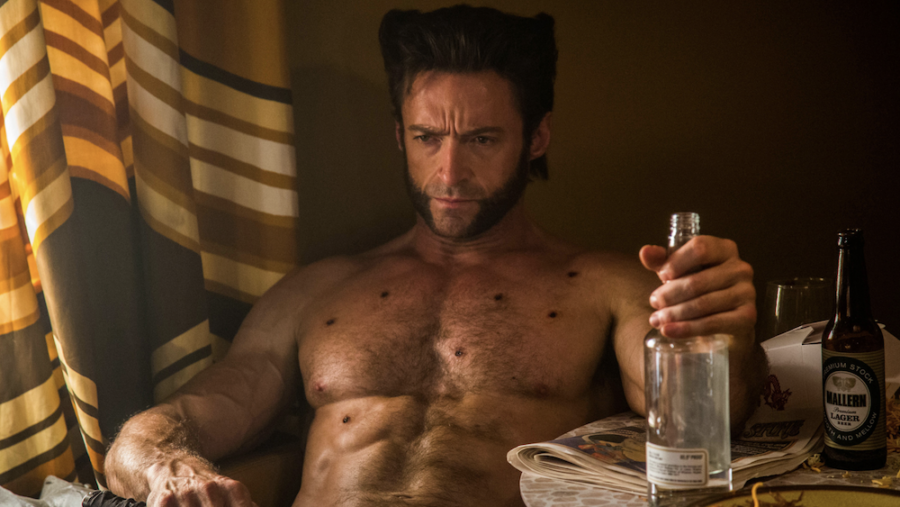
Both heroes—and we’re using the term loosely considering both characters have the blood of hundreds if not thousands of nameless goons and henchmen on their hands—having a healing factor powerful enough to regrow whole limbs while also fighting poison/cancer. But Deadpool still has an advantage over Wolverine when it comes to healing for a couple of reasons.
For one thing, Deadpool has regenerated from a pile of ashes. Thor once turned Deadpool and the living cartoon Madcap into dust using a powerful lightning strike. When the smoke cleared, Deadpool’s pile of ashes was still able to recreate the Merc with a Mouth from scratch.
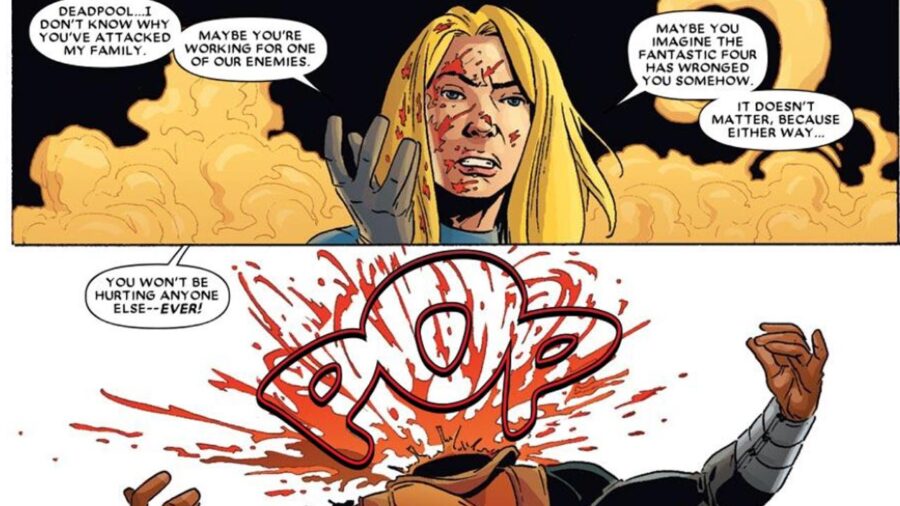
The only time Wolverine did something similar, he had help from a cosmic crystal that overclocked his healing factor. It allowed him to regenerate from a single drop of blood.
Deadpool has regenerated from a pile of ashes.
Without that extra boost to his power, Wolverine isn’t nearly capable of healing his whole body after being reduced to a drop of plasma. Don’t get us wrong, he’s no slouch, either. He’s survived being ripped in half, burned down to his skeleton, and in The Wolverine, a direct nuclear blast.
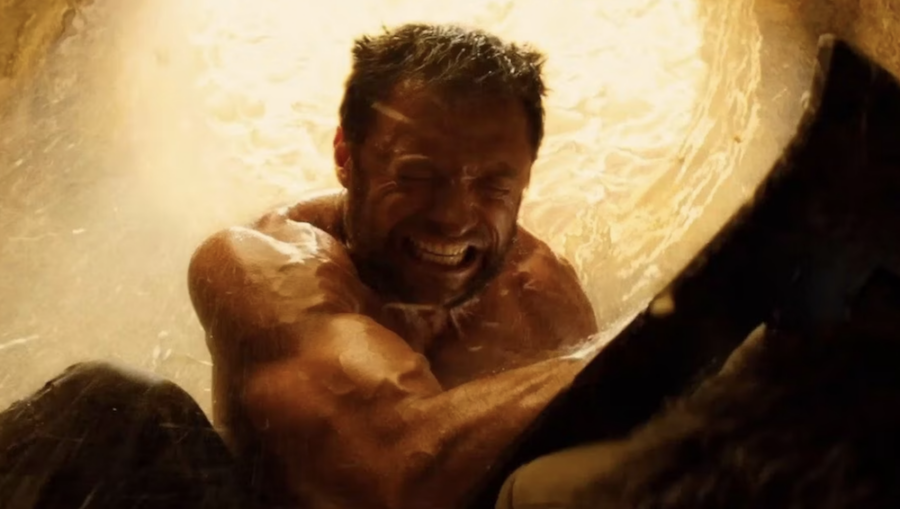
The truth is, though, Wolverine’s healing factor has an upper limit and can even be short-circuited if he takes too much damage all at once. This was shown when Magneto violently ripped all of the adamantium from Wolverine’s body in a fit of rage, and the wounds wouldn’t close.
At first, his healing factor started to mend the hundreds of gaping wounds all over Wolverine’s body, but eventually, it just shut down, over-taxed by trying to heal so many wounds at once.
Deadpool’s healing factor has no such limit and has allowed him to survive being smashed into a fine paste by the Hulk, as well as countless other ridiculously over-the-top displays of violence. That alone would make his healing factor more powerful than Wolverine, but there’s an even bigger—and weirder—reason that Deadpool isn’t dying anytime soon—if ever. Thanos cursed him with immortality.
Wolverine’s healing factor has an upper limit and can even be short-circuited if he takes too much damage all at once.
Thanos, the Mad Titan, destroyer of half the universe, is in love with the Marvel version of Death—a skeletal woman who resembles the grim reaper. The only problem is Death is in love with Deadpool.
When Thanos found out about Death’s affection for the talkative mercenary, Thanos used his considerable power to make it so Deadpool will always heal from any wound, thus keeping him and Lady Death apart for eternity. So he’s got that going for him. Which is nice.
Ultimately Wolverine and Deadpool are both badass killing machines who can survive almost any punishment that gets thrown at them. Deadpool can just survive it a little more.












